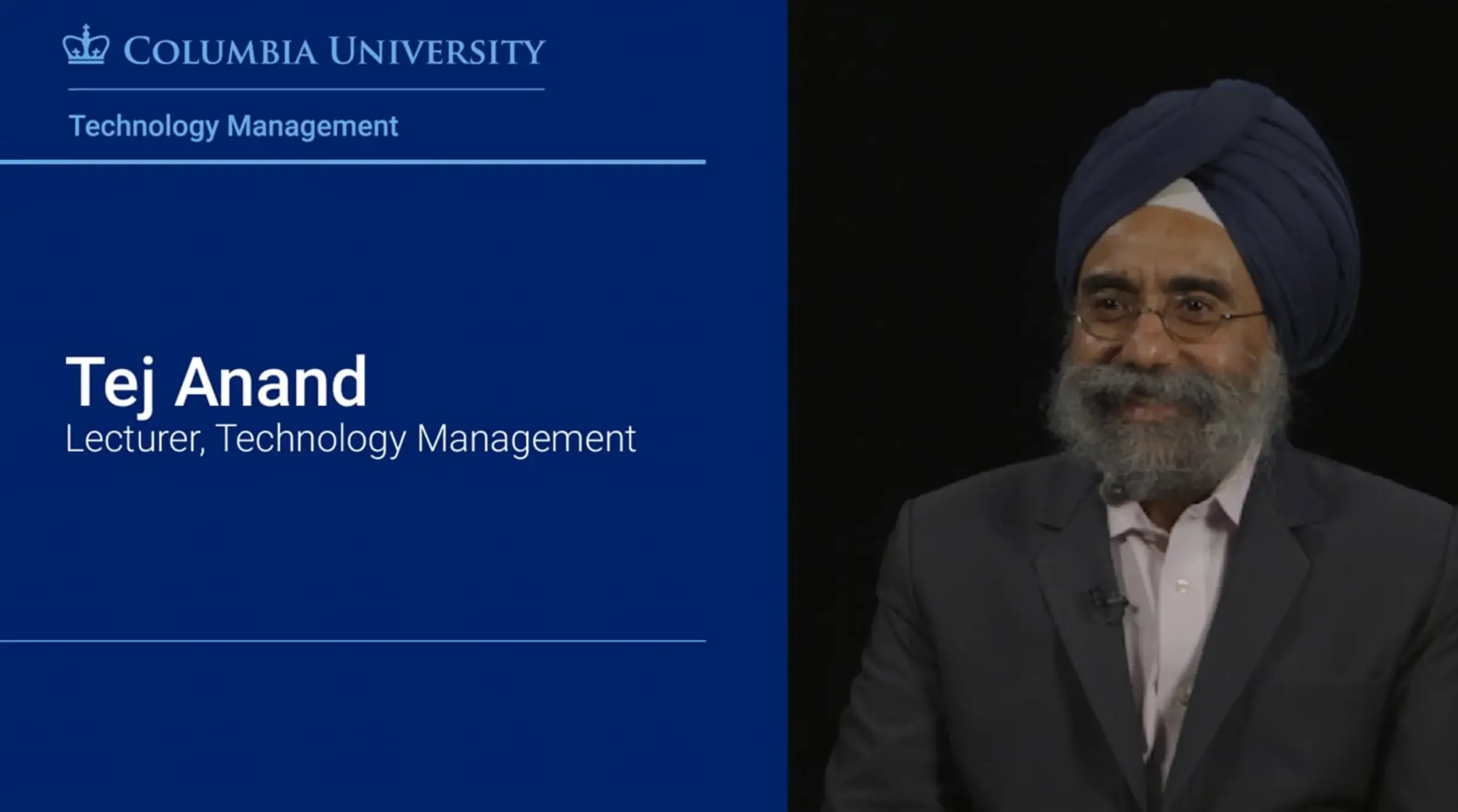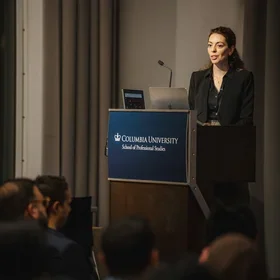By Sarah Oleng’, ’22SPS, Strategic Communication
Looking to understand the future of finance using blockchain? A good place to start is the new book by the SPS Technology Management mentor and lecturer Tejwansh Anand and Dr. Weijia Zhang, Blockchain and Ethereum Smart Contract Solution Development (Apress).
Anand currently instructs Blockchain, AI, and IT for Columbia’s Technology Management program, providing business leaders with a comprehensive understanding of the disruption—and opportunities—that decentralized ledgers such as Blockchains are creating.
In a recent interview with Anand, who teaches AI and IT courses at Columbia, we explored the roots of his book and the ground it covers. Edited excerpts follow.
Tell us about the book and how it’s organized.
The book is broken into two parts. The first part traces the arch of technology development to motivate the need for blockchain. Blockchain technology can positively impact inefficiencies in our current economy by productively redeploying the resources spent on managing the lack of trust between transacting parties. The book’s second part takes a deep business, architectural, and technical dive into the creation of blockchain solutions using Ethereum. The book discusses the scalability and security of Ethereum-distributed applications and the recently concluded Ethereum Merge.
How do you explain blockchain technology to someone who doesn’t know about it?
We use terminology that businesspeople are familiar with. We also refrain from assuming any knowledge of the core technologies such as cryptography, distributed systems, and peer-to-peer networks behind blockchain and provide simple explainers about these technologies and how they are integrated within the blockchain. Throughout the book, we use real-life illustrations and analogies.
What is the difference between “business technology” and “information technology”?
As an advocate for business technology, I view technology from the lens of its impact on business and society. This makes me temper my excitement about technology by focusing on second- and third-order effects of implementing that technology, especially its unintended consequences. For example, when everyone was excited about social media networks, I was focused on what to do about the unintended consequences of social media technology that came to the fore in 2016. Similarly, where some people might be focused on the valuation of blockchain-based crypto-assets, I am more interested in the governance of blockchain networks.
How has the Columbia Technology Management program influenced the book? How do you intend to use it to enlighten students?
This book is based on the blockchain courses I have taught over the years. The dedication in the book reads as follows: “To our students at the University of Texas at Austin, Columbia University in the City of New York, and the University of Maryland in College Park.” Part 1 of the book closely follows the AI and IT course that I teach in the Executive Technology Management program. We plan to use Blockchain and Ethereum Smart Contract Solution Development as a textbook for an introductory course on blockchain and an introductory course on developing smart contracts for creating apps.
To learn more, follow this link.




